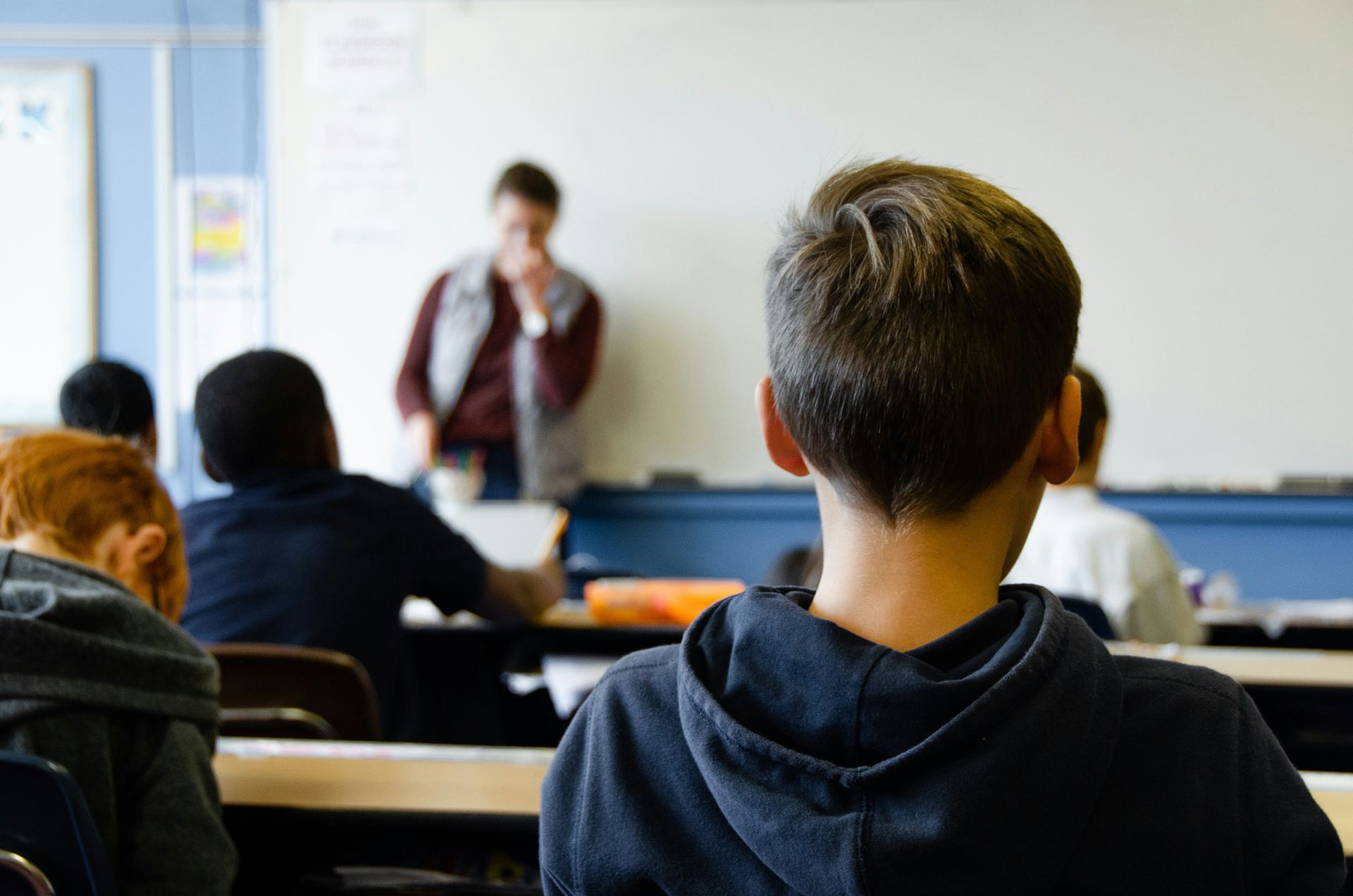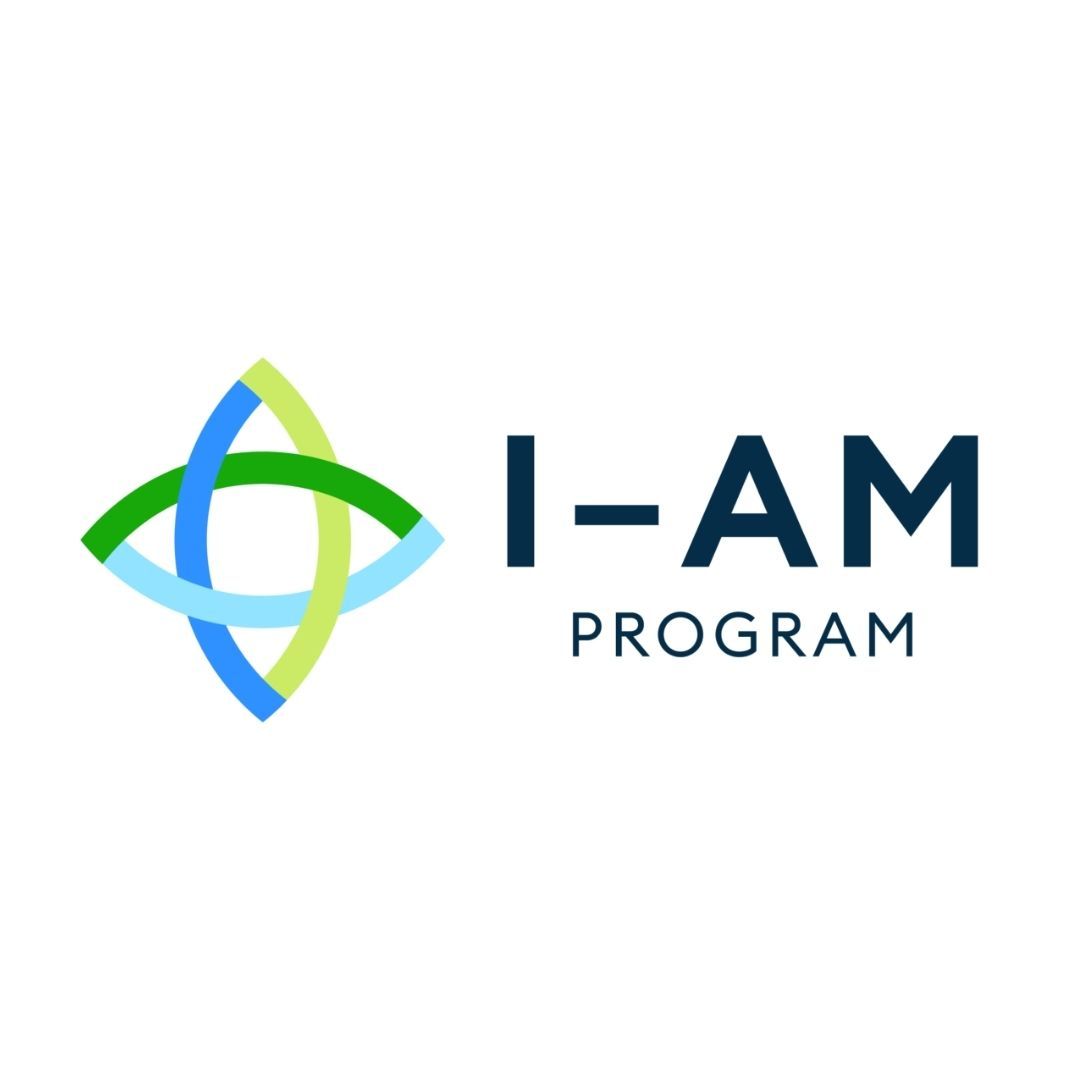10 Myths of High Potential and Gifted Education: Let’s Set the Record Straight
To mark Gifted Awareness Week, Maree Karaka, Leader of High Potential Gifted Education explores the common myths surrounding high potential and gifted education.
Would you send a star athlete to train for the Olympics without a coach?
Then why do we expect gifted students to thrive without support?
Too often, myths surrounding high potential and gifted education lead to missed opportunities, untapped potential, and overlooked brilliance in our schools. Let’s bust some of the most persistent misconceptions holding our children back.

Myth #1: “High Potential and Gifted students will do fine on their own.”
Truth: Like elite athletes, high potential and gifted learners need specialised coaching and support to develop their talents. Without challenge, many high potential and gifted students experience boredom, disengagement, and even underachievement.
Myth #2: ” High Potential and Gifted kids will be challenged in the regular classroom.”
Truth: Despite teachers’ best efforts, many haven’t received training in gifted education. Research shows 58% of teachers have had no professional development in meeting the needs of advanced learners. In the Diocese of Maitland-Newcastle we have professional learning for all schools and teachers, and we have dedicated Gifted Education Mentors (GEMs) in every school.
Myth #3: “Gifted students help raise the bar for others.”
Truth: High Potential and Gifted students don’t automatically uplift their classmates – in fact, they often feel isolated. They thrive best among peers who share their cognitive pace and depth of thought. We have extension and enrichment opportunities where students get to learn alongside like-minded peers. This includes selection into our Virtual Academy.
Myth #4: “All children are gifted.”
Truth: All children have strengths, but “gifted” in education refers to those with advanced capacity for learning who require curriculum modifications to thrive.
Myth #5: “Acceleration harms high potential and gifted students socially.”
Truth: High Potential and Gifted kids often prefer the company of older peers who match them intellectually. Studies show they are happier and more engaged when appropriately accelerated.
Myth #6: ” High Potential and Gifted education is elitist.”
Truth: Giftedness exists in every culture and income level. The real injustice is when talented students are denied opportunities due to flawed identification practices or lack of resources. In the Diocese of Maitland-Newcastle we apply a universal screener and multi-criteria approach that pays respect to Aboriginal and Torres Strait Islander students, EAL/D students, and rural and remote students.
Myth #7: “They can’t be gifted – they’re getting poor grades.”
Truth: Gifted underachievement is real. Many gifted students disengage in unchallenging environments or mask their ability due to social pressure or undiagnosed learning disabilities. In the Diocese of Maitland-Newcastle we engage in a discrepancy analysis to recognise whether or not a student’s potential is being realised.
Myth #8: ” High Potential and Gifted students are well-adjusted and popular.”
Truth: While some thrive, many face intense emotions, perfectionism, and feelings of isolation. Their inner world is often far more complex than we realise. A network of key stakeholders support students’ holistic development in our diocesan schools.
Myth #9: “Students with disabilities can’t be gifted.”
Truth: Welcome to the world of “twice-exceptional” learners – those with both gifts and learning challenges. These students need dual support to truly shine.
Myth #10: “Gifted programs cost too much.”
Truth: Supporting gifted learners starts with commitment, not cash. Teacher training and appropriate instruction go a long way in nurturing high potential and our diocese is committed to all learners.
The bottom line: High Potential and Gifted Education isn’t about privilege – it’s about equity. It’s about meeting every learner where they are, including those whose abilities soar beyond the norm.
Let’s start conversations, ask better questions, and advocate boldly. Because brilliance shouldn’t be left to chance.
The National Association for Gifted Children (NAGC) has created this frequently cited list of the most prevalent myths in gifted education, with rebutting evidence for educators, advocates, and families to use in their advocacy efforts. This list was developed from a longer list of myths explored in the Fall 2009 issue of Gifted Child Quarterly (GCQ).
This blog was created for Gifted Awareness Week 2025 by Maree Karaka, Leader of High Potential Gifted Education, Catholic Schools Maitland-Newcastle. You can view Maree’s blog here:
https://www.mn.catholic.edu.au/news/10-myths-of-high-potential-and-gifted-education-lets-set-the-record-straight/
Disclaimer: The views and opinions expressed in this blog are those of the author and do not necessarily reflect the official policy or position of the AAEGT.
Share this resource
Resources












